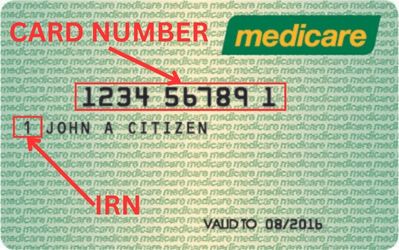Need Some PEP in Your Step?
What is PEP, how does it work, & why would you need it?
Chances are, if you’re at increased risk of contracting HIV, you’ve heard of PrEP (Pre-Exposure Prophylaxis) – you might have even heard of PEP… but for those of you who aren’t already in the know, let’s take a look PEP.
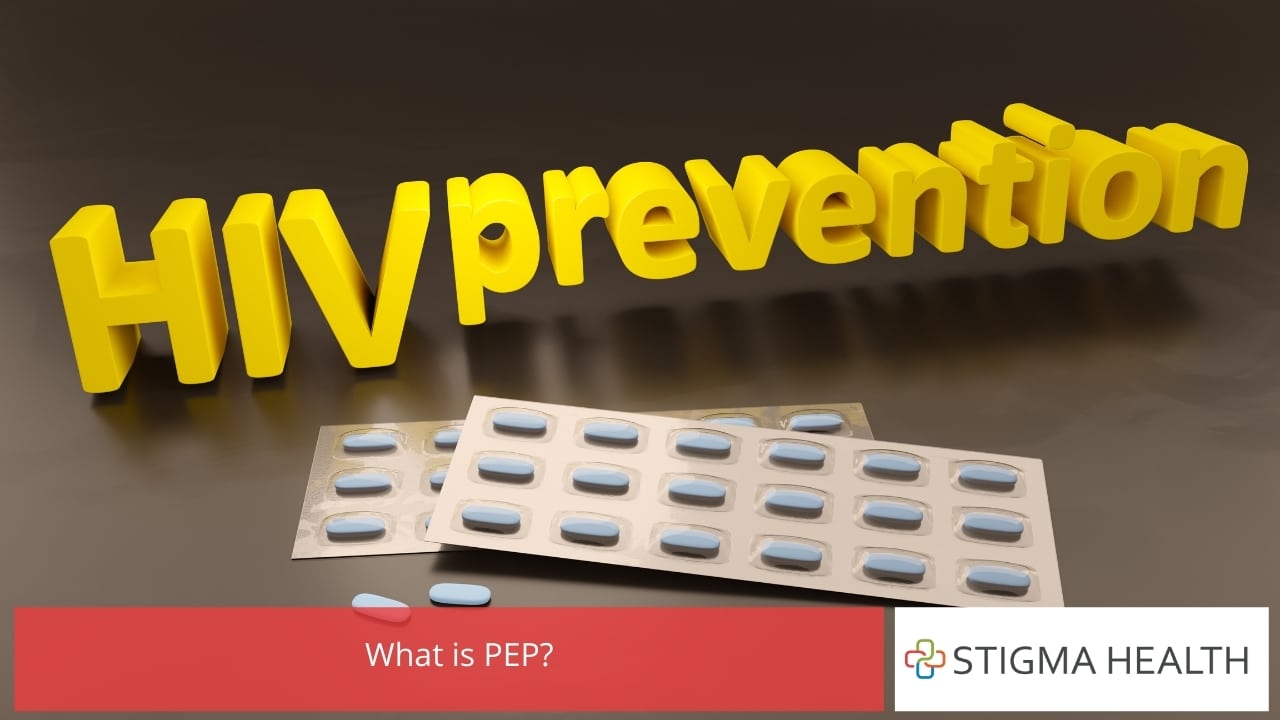
What is PEP?
PEP stands for Post-Exposure Prophylaxis and it refers to a combination of anti-retroviral drugs designed to prevent a person contracting HIV (human immunodeficiency virus) after they have potentially come into contact with the virus and/or there’s a good chance that HIV has entered their body.
PEP consists of a 4-week (28 day) course of anti-HIV drugs that works by stopping the virus from replicating (reproducing), so the cells originally infected with HIV quickly die off naturally without having the chance to infect more cells and make more copies of HIV.
PEP uses a combination of the same drugs used to treat HIV, which act to fight the virus as it tries to infect immune cells. For adults, the CDC recommends tenofovir and emtricitabine (available in one pill), along with a third drug – either raltegravir or dolutegravir. In Australia, the usual treatment includes only the first two drugs.
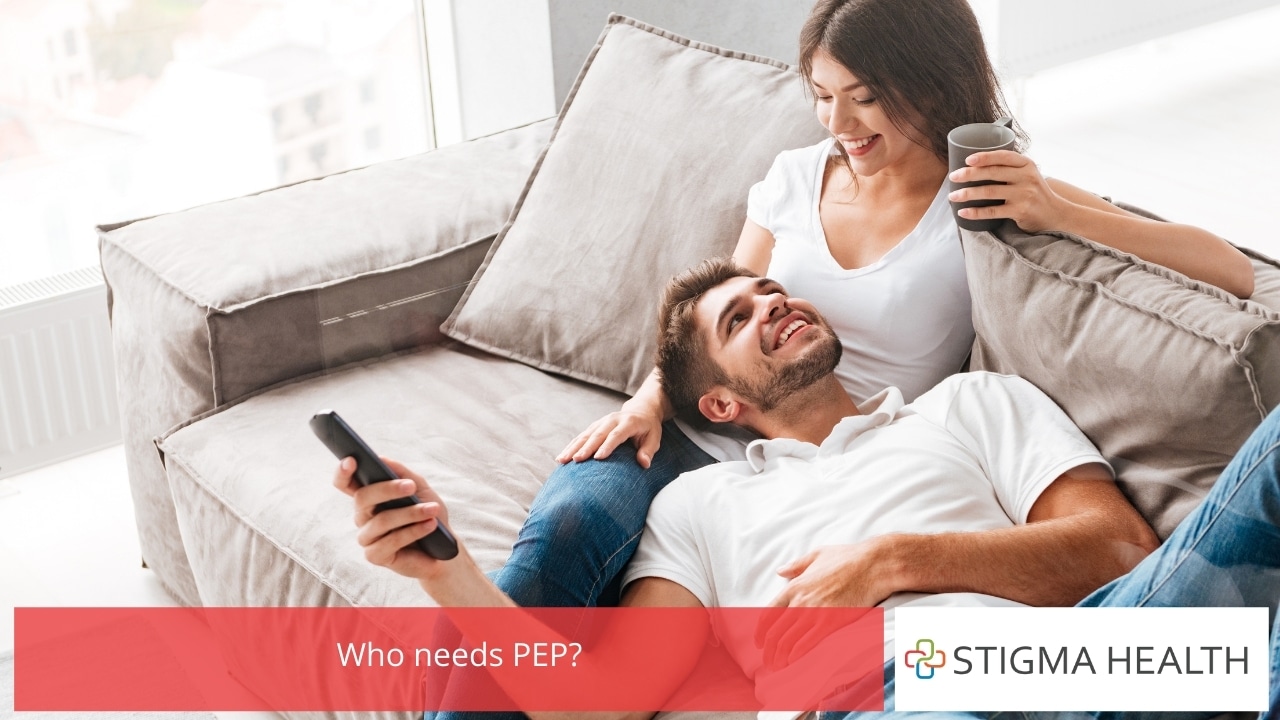
Who needs PEP?
You should consider getting PEP if there’s a high probability you have been exposed to HIV and:
- You’ve had unprotected vaginal or anal sex – i.e., in cases of sexual assault; where you deliberately haven’t used a male or female condom; or where you’ve used a condom, but it has broken or slipped off during sex.
- You’ve had high-risk unprotected oral sex (giving or receiving) – i.e., where you and/or your partner haven’t used a dental dam or male condom, and you or your partner have poor oral health (i.e., cuts or sores in the mouth or on your lips, gum disease or bleeding gums); though it’s rare for HIV to be spread through oral sex.
- You’ve shared injecting or tattooing equipment with someone who has or may have HIV.
A healthcare professional will assess the risk of HIV transmission to determine whether PEP is required. A HIV/STI test will usually be done prior to PEP being prescribed, to establish a person’s HIV/STI status. If rapid testing isn’t available PEP will likely be started immediately, as a precautionary measure.
It’s important to note that PEP shouldn’t routinely be used as a substitute for protected sex – it’s good to have in an emergency, but it shouldn’t be relied upon as the sole means of protection. It should also be remembered that it’s only effective in preventing HIV; it won’t protect you from catching other STIs. If you’ve had to use PEP a few times, or you regularly engage in high-risk behaviours, it’s worthwhile considering other HIV prevention options, such as PrEP.
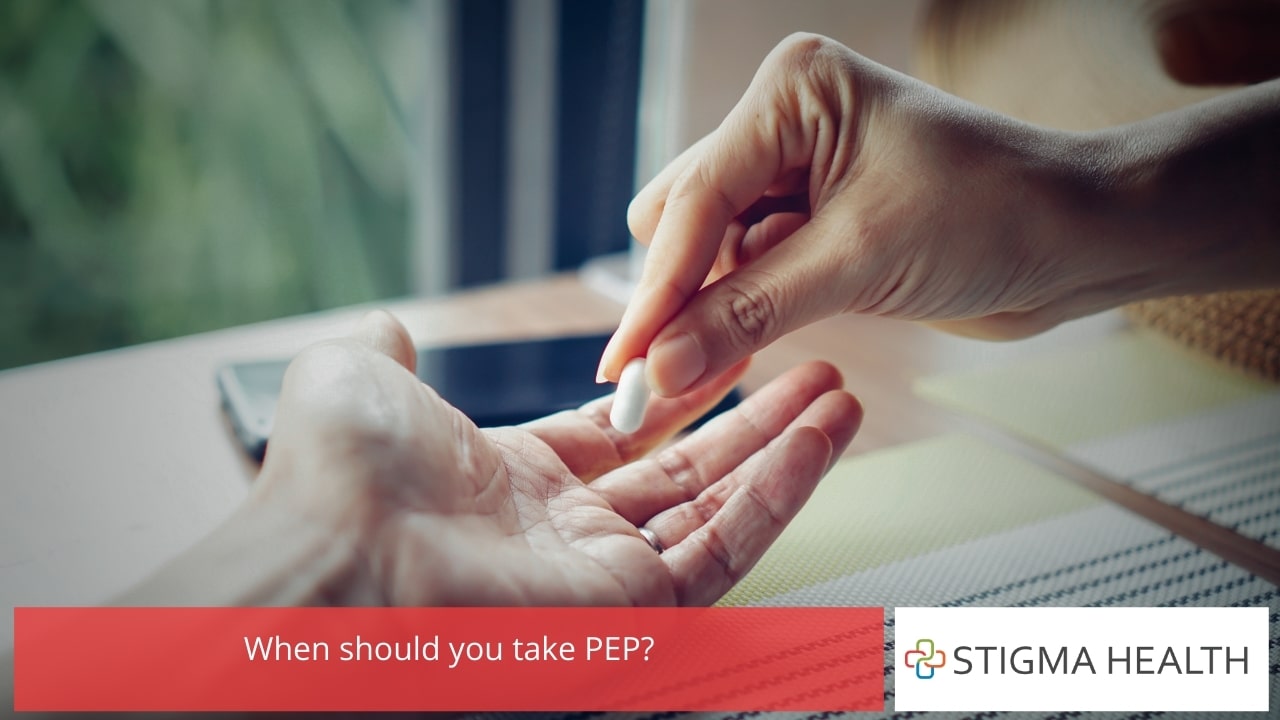
When should you take PEP?
The sooner you begin taking PEP the better, because there is only a small window in which PEP will be effective, so it’s important to act quickly after possible exposure. It takes a few days for HIV to permanently establish itself in the body after it has entered the bloodstream, but after this time the virus may have reproduced to the point where the drugs are unable to control the spread and the virus can take over.
PEP must be started within 72 hours (3 days) of possible exposure to HIV, otherwise you will have missed the window in which the drug is able to stop the virus from replicating. It’s also important to use protection and not re-expose yourself to HIV while you’re taking PEP.
What are the side effects of PEP?
Side effects are tricky things – some people might have no side effects at all, others will. If you do experience side effects, they’re likely to be only mild to moderate at first and to lessen over the course of the month. Common side effects can include:
- headaches
- nausea/upset stomach
- vomiting
- diarrhoea
- fatigue
- insomnia
If you experience significant side effects that worry you, or that you feel you can’t tolerate for the duration of your treatment, you should talk to the healthcare professional who prescribed the drug. It may be possible for them to prescribe a different anti-HIV drug that produces fewer or milder side effects, enabling you to continue PEP treatment for the necessary length of time.
How effective is PEP?
Research indicates that PEP is more than 80% effective at reducing the risk of developing HIV – but this means there were a significant number of people who went on to develop HIV after PEP treatment. Investigation showed that many of these cases were people who didn’t take PEP as directed and/or had ongoing exposure to HIV during treatment.
PEP is likely to be more than 80% effective when used correctly and consistently, as prescribed, and when extra precautions are taken to reduce the risk of re-exposure to HIV while taking PEP. PEP is designed to reduce the risk posed by a single exposure to HIV, not repeated exposure during a course of treatment. If a person continues to engage in high-risk behaviours during PEP treatment, the risk of developing HIV increases.
Can PEP fail to prevent HIV?
There’s strong scientific evidence that PEP provides good protection from HIV and makes infection a lot less likely, especially when it’s taken as early as possible after exposure. However, research also shows that PEP isn’t effective 100% of the time – that is, there are people who have gone on to develop HIV infection despite having taken PEP.
There are a number of reasons PEP can fail:
- Although it’s rare, some anti-retroviral (anti-HIV) drugs don’t work against certain strains of HIV (yes, there are different strains).
- The exposed person doesn’t take PEP strictly as prescribed by their healthcare professional, i.e., every day for a full month, preferably at the same time each day. If you’ve been prescribed PEP and you miss a dose, it’s better to take it late than to skip the dose completely, BUT you should never take a double dose.
- The initial viral load (original amount of HIV the body was exposed to) was too high for the anti-HIV drugs to contain, so not all the infected cells were able to be killed off and the virus was able to replicate.
Can PEP cure HIV?
No. PEP is designed to stop HIV-infected immune cells from multiplying after an initial exposure to HIV. In cases where a person already has HIV, PEP will be ineffective.
If a person tests positive for HIV, they will need to be referred on for HIV care and treatment, which includes UVL (undetectable viral load). This treatment reduces a person’s viral load to a point where the virus is undetectable in a HIV test, stopping HIV from developing into AIDS (acquired immune deficiency syndrome) and preventing a HIV-positive person from transmitting the virus to their partner.
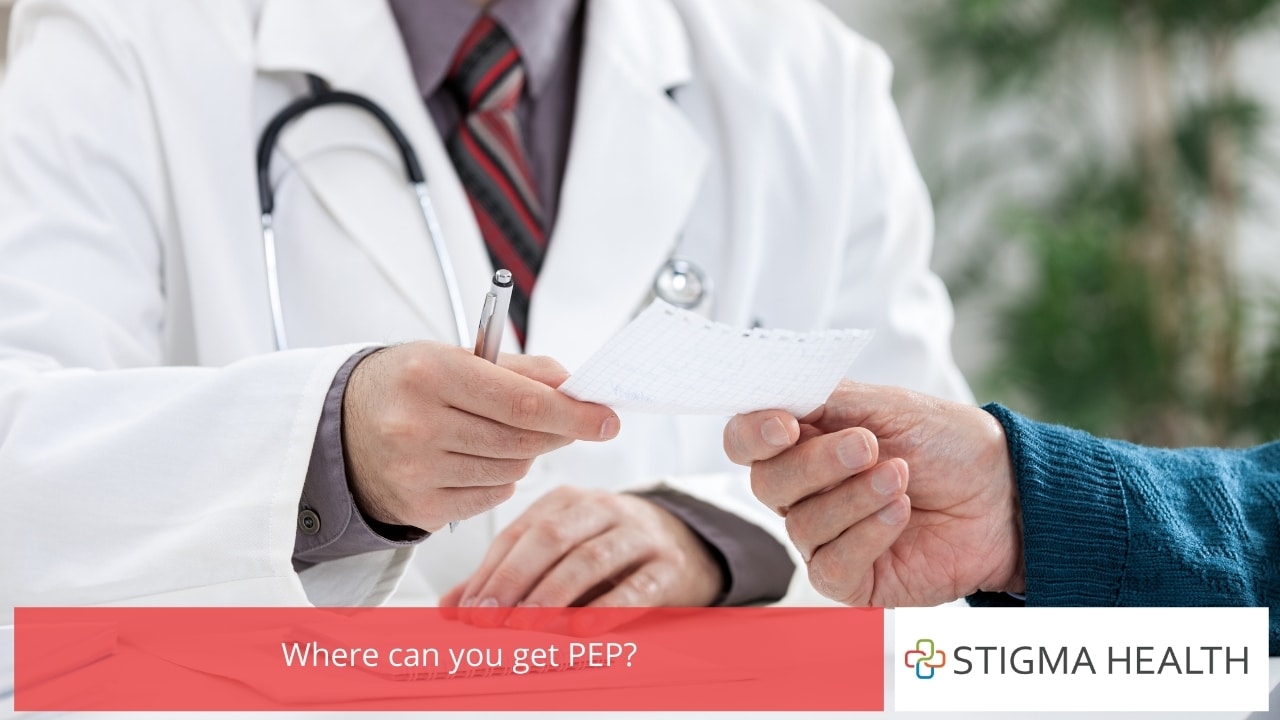
Where can you get PEP?
If you think there’s a high probability you’ve been exposed to HIV you should visit your doctor or a sexual health clinic, medical clinic, or hospital Emergency Department as soon as possible. It’s recommended you seek help from a specialist HIV doctor or sexual health clinic first, but hospital Emergency Departments are often the fastest way to access PEP (especially ‘after hours’).
For more information on where you can access PEP, check out the www.getpep.info website. In New South Wales you can also contact the PEP NSW hotline on 1800 PEP NOW (1800 737 669), which is open 9am to 9pm every day except Tuesday, which is 2pm to 9pm.
If you think you have, or may have, been exposed to HIV (or any STI), contact Stigma Health now to get tested.
References:
- https://www.getpep.info/
- https://endinghiv.org.au/stay-safe/pep/
- https://www.catie.ca/fact-sheets/prevention/post-exposure-prophylaxis-pep
- https://endinghiv.org.au/treat-early/about-undetectable/
- https://www.webmd.com/hiv-aids/post-exposure-prophylaxis
- https://www.health.nsw.gov.au/sexualhealth/Pages/post-exposure-prophylaxis.aspx
